Ecology Surveys and BNG Plans
Biodiversity Net Gain BNG was introduced into UK law through the Environment Act, which received royal assent in 2021, and has reshaped the way development projects are planned across the East Riding of Yorkshire.
The principle behind BNG is that biodiversity should be in a measurably better state following development than it was before. Since February 2024, achieving biodiversity net gain is no longer a voluntary aspiration but a legal requirement for most planning applications.
For developers in the East Riding, this means working with qualified ecologists to assess the biodiversity value of a site and to ensure that projects achieve at least 10% net gain. This may be delivered through on-site habitat enhancements, off-site biodiversity units, or a mixture of both, but all measures must be fully evidenced and approved by the local planning authority before consent can be granted.
BNG Principles
BNG is not just embedded within the Environment Act. It is also reinforced by the National Planning Policy Framework, Natural England guidance, Local Nature Recovery Strategies, and local planning policies.
Developers in Yorkshire are expected to consider biodiversity net gain from the outset of a project to avoid costly redesigns further down the line and to ensure compliance with the statutory 30-year management requirement for habitat improvements.
Protecting and enhancing habitats such as ancient woodland, coastal landscapes, and species-rich grasslands is central to biodiversity gain policy and to the development process of local authorities in the region. New development plans will be required to provide net gain benefits to nature before they will secure planning permission.
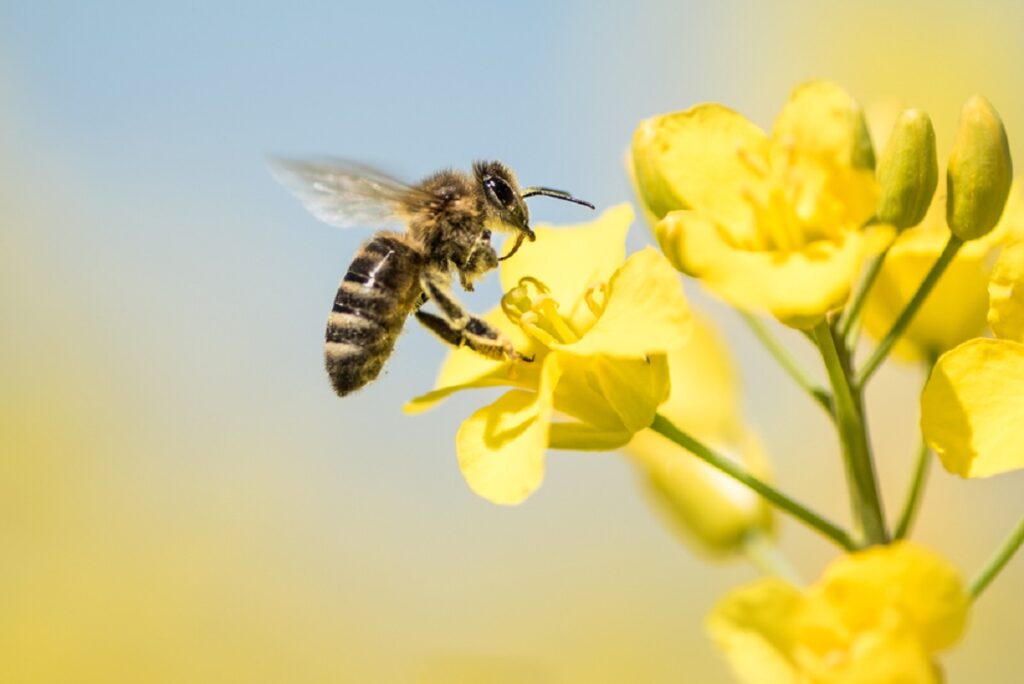
Ecological Features in the East Riding of Yorkshire
The East Riding of Yorkshire is a largely rural county that combines rich agricultural landscapes with areas of high ecological value in the natural environment. Key features include the Humber Estuary, a site of international importance for migratory birds; the Holderness coastline, known for its dynamic habitats; Flamborough Head and inland habitats such as ancient woodlands, wetlands, and chalk grasslands of the Yorkshire Wolds.
These diverse environments, local wildlife sites, priority habitats, nature conservation sites and sites of special scientific interest support protected species such as bats, water voles, otters, barn owls, and great crested newts.
Any BNG plan must therefore be carefully tailored to reflect the existing habitats and species present on or near the development site. The region benefits from ongoing conservation initiatives led by East Riding of Yorkshire Council, local wildlife trusts, and Humber Nature Partnership, all of which promote habitat restoration, connectivity, and sustainable land use.
With important species, irreplaceable habitats, areas of strategic significance and key ecological areas, BNG plans are reviewed with a strong focus on delivering measurable and locally relevant environmental improvements.
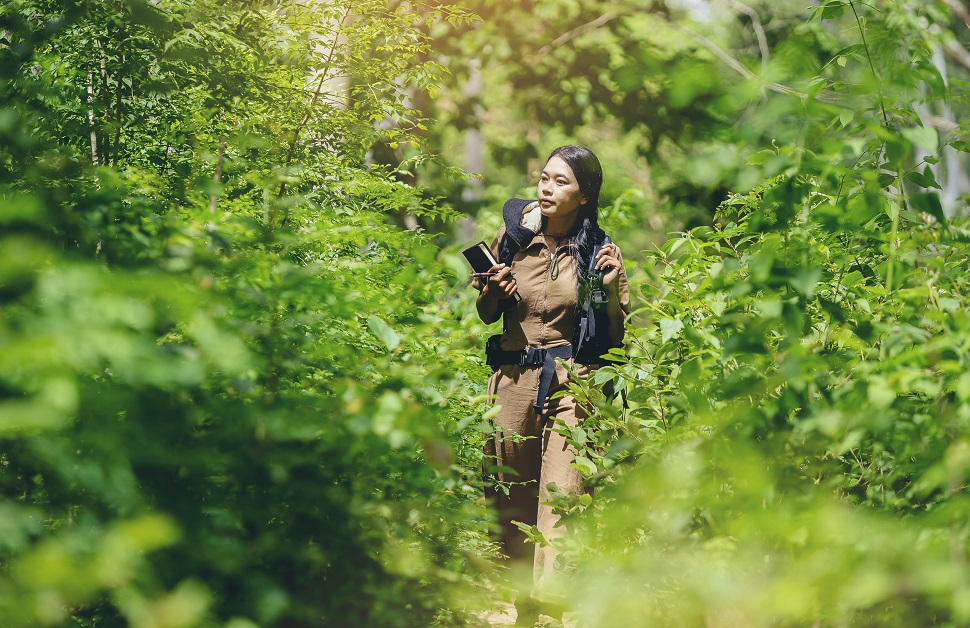
A BNG Assessment in the East Riding of Yorkshire
The requirement for a BNG survey may have been triggered by a preliminary ecological appraisal of the natural habitats present. The starting point for any biodiversity net gain survey is the establishment of a baseline value.
A qualified ecologist will undertake a habitat survey of the proposed development site, recording habitat types, mapping boundaries, and assessing their condition to establish a pre development biodiversity value. This information is then entered into the government’s statutory Biodiversity Metric, which calculates the site’s existing biodiversity value.
Then, ecologists assess the biodiversity value of the site post development, taking into account habitat degradation, proposed landscaping, creation of higher value habitats, and land management measures. If the predicted biodiversity units revealed by the Defra biodiversity metric do not meet the required 10% net gain, the ecologist will recommend further enhancements to create better quality habitats.
These may include creating species-rich grasslands, planting native trees, or designing sustainable drainage systems that support biodiversity in the natural world. Where necessary, other assessments may be needed alongside the BNG process, such as surveys for species with protected status, to ensure compliance with wildlife legislation on European sites.
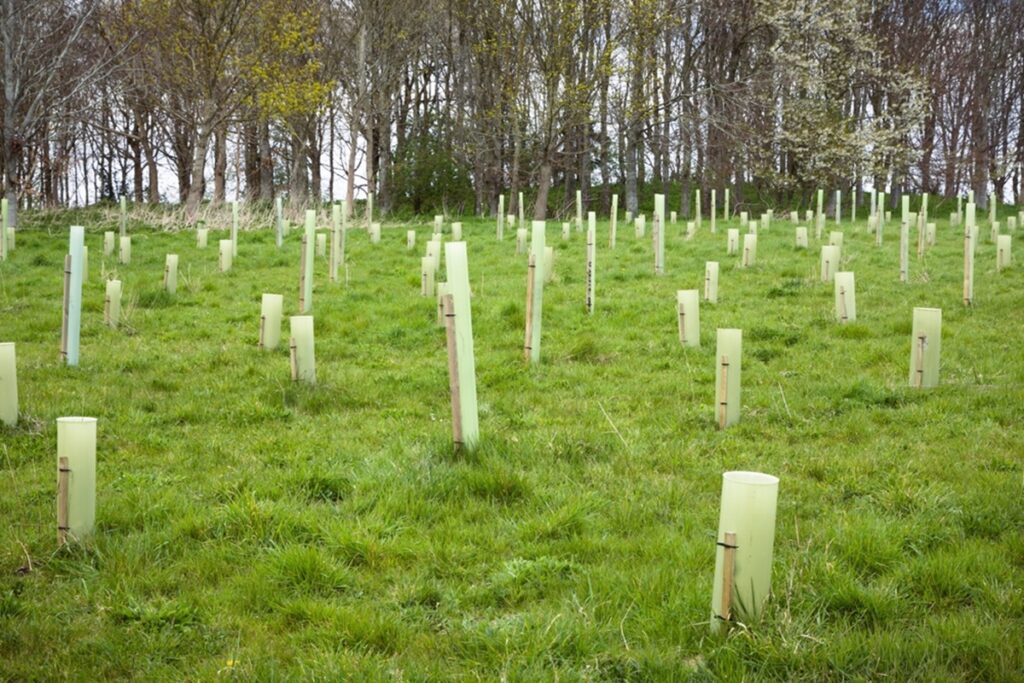
On-Site and Off-Site Biodiversity Net Gain
In many cases, biodiversity net gain can be achieved on-site through planting new habitats and enhancing existing habitats. Such work might involve restoring hedgerows, creating wetlands, or establishing pollinator-friendly habitats within the development footprint. However, where on-site delivery cannot achieve the full net gain, developers have the option of purchasing off-site biodiversity units on third party land.
As well as north Yorkshire and east Yorkshire, this area has its own habitat banks and offsetting schemes that provide measurable biodiversity improvements elsewhere in the county, ensuring ecological benefits remain local. A legal agreement will be needed to secure these off-site units for at least 30 years: we can advise on the conservation covenants that will satisfy local authorities regarding this requirement.
In cases where both on-site and off-site measures still do not achieve the required uplift, statutory biodiversity credits from the government may be used, though these are intended only as a last resort option for achieving a net gain in biodiversity.
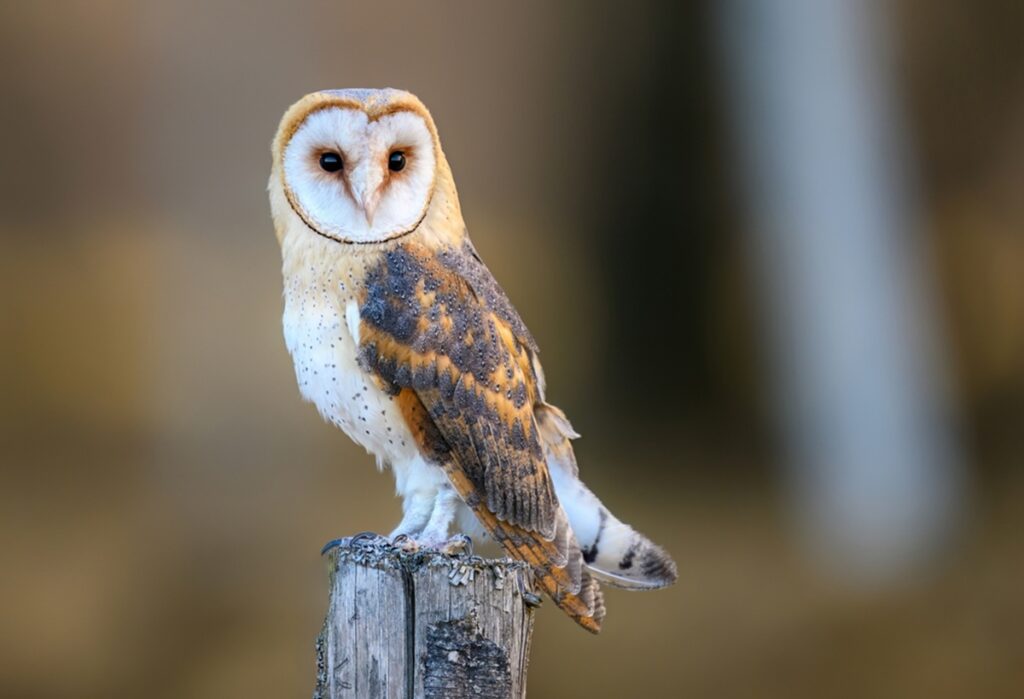
Protected Species Surveys
Many sites in the East Riding of Yorkshire require additional ecological surveys to support planning applications alongside the BNG process. Having many priority habitats, surveys may be needed for species such as bats, great crested newts, reptiles, badgers, or breeding birds, depending on the site’s habitats.
Incorporating these surveys at an early stage helps to ensure that the biodiversity net gain plan is aligned with legal protections and the mitigation hierarchy, which requires developers to first avoid harm, then minimise, and finally compensate for any biodiversity loss to the natural environment and nature recovery network.
The Biodiversity Net Gain Plan
A biodiversity net gain plan sets out exactly how a project will meet its 10% net gain obligation. This includes details of habitat creation, enhancement, and a long-term habitat management and monitoring plan. The biodiversity gain plan must also demonstrate that gains will be maintained for the minimum period of 30 years and be consistent with the East Riding of Yorkshire’s Local Nature Recovery Strategy.
Following the mitigation hierarchy is fundamental, and the plan must show that ecological connectivity is preserved and enhanced across the landscape.
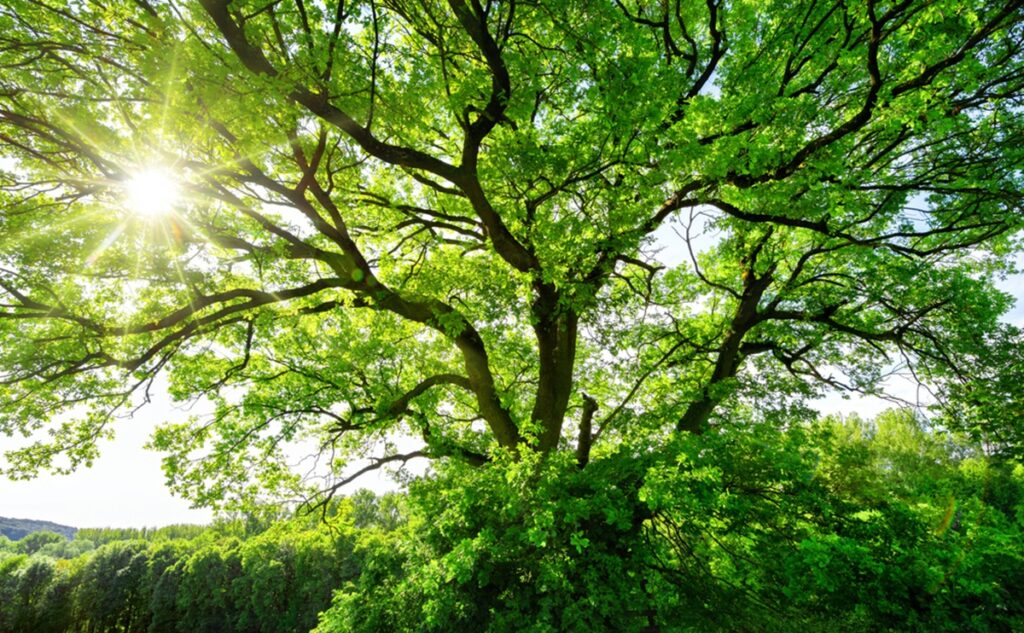
Expert BNG surveys in the East Riding of Yorkshire
Our experienced ecology consultancy provides biodiversity net gain assessments and plans throughout the East Riding of Yorkshire and across the UK. We manage the biodiversity net gain process from start to finish, including baseline surveys, statutory biodiversity metric calculations, habitat design, and long-term environmental management advice. We can also advise on obtaining statutory credits to satisfy planning requirements.
Our Chartered Institute of Ecology and Environmental Management accredited team works on major developments, minor development schemes and with smaller contractors, land managers and private householders to ensure planning projects are fully compliant with BNG legislation in the Environment Act 2021.
We are experienced in producing reports for many local planning authorities, ensuring that they are smoothly integrated into the planning process.
Enhancing Biodiversity
Where off-site delivery is required, we can guide you through sourcing biodiversity net gain units to achieve a net gain in biodiversity, arranging conservation covenants, and meeting statutory obligations. Alongside BNG, we also provide the full range of ecology surveys that may be required by Yorkshire Council to support planning applications.
Request a Free Quote for Biodiversity Net Gain East Riding of Yorkshire
If your application for planning permission in the East Riding of Yorkshire requires a biodiversity net gain report, we can provide a tailored quote for your project. Whether you are aiming to deliver small scale developments or major developments, our ecologists are equipped to provide a clear, compliant bng strategy to help you achieve planning approval.
To discuss your biodiversity net gain requirements in the East Riding of Yorkshire, contact us today: we will require some further information about your site and will then provide a free quote for the survey work required.
If you decide to proceed, we will arrange a site visit and prepare a detailed plan that ensures your project complies with the Environment Act 2021, while delivering long-term ecological benefits that will leave your site in an improved state post development.